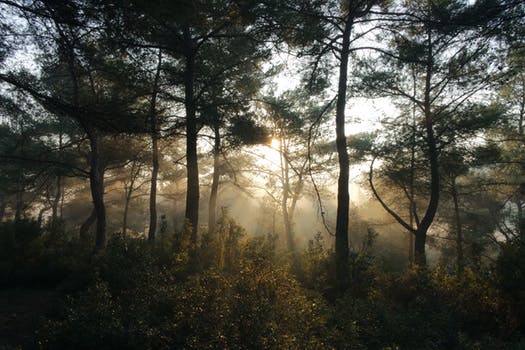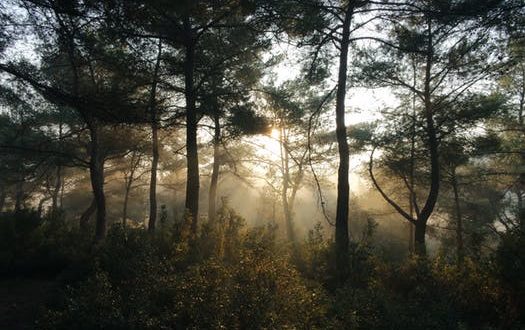OPINION: In a recent newspaper article Grant Smithies recounts sitting next to a journalist called David Hanford and praising him for writing a no holds barred book on the use of 1080 poison, despite also being a committed environmentalist. He expected to be heavily criticized for this and he may well be right. However, I was intrigued by the suggestion that he was breaking new ground.
He may well be doing so but it is unlikely. There are some science issues on which there seems to be a continuing flood of publication and one of them for sure is the use of 1080 poison mainly to kill pests like possums. Almost without exception, the serious science analyses come out in favour of the use of 1080 and there are some good, simple reasons for this. In particular:
It is deadly and while active will kill any mammal it is exposed to BUT is very limited in the duration of its activity. After 24 hours in damp conditions, it is harmless.
So, the key to the use of 1080 is targeting during the active period– doing whatever you can to target 1080 at the mammals you want to kill and leaving the other mammals alone. Of course, you can’t really do that although you can get close, particularly if there a large number of pest mammals, and not much of anything else, and there are some clever things you can do such as choosing the positioning, size, and colour of the 1080 pellets to particularly attract the pests.
And experience says that it works! In many areas of native forest, the possum army (and it is an army when you look at numbers) have virtually obliterated the native bird population. A concerted possum campaign based on 1080 typically achieves massive kill rates – there is some collateral damage but it is small and experience indicates that the bird population not only recovers quickly but then flourishes. The native forest also recovers after being almost stripped bare. It is in many respects a scientific miracle.
If you want a relatively neutral account of all of this then I can recommend the excellent publication from the Commissioner for the Environment. There was also an excellent investigation followed by reports carried out by ERMA New Zealand, now part of the Environmental Protection Agency.
 It is possible that some day something even better than 1080 will come along but in the meantime, it is a very cost effective way of protecting our native forests and their native populations. The Forrest and Bird Society recognised the benefits of the 1080 option early on and deserve a lot of credit for not only having done so but to have withstood trenchant criticism of that position in the years since.
It is possible that some day something even better than 1080 will come along but in the meantime, it is a very cost effective way of protecting our native forests and their native populations. The Forrest and Bird Society recognised the benefits of the 1080 option early on and deserve a lot of credit for not only having done so but to have withstood trenchant criticism of that position in the years since.
However, the use of 1080 will continue to be controversial. This is one of many science driven subjects on which people hold strong views which are unlikely to change and which continue to be debated – hence the driving force for publication.
So, well done David Handford for coming out on the path of the angels, even if it is a path that has already been well trodden.
By Bas Walker
This is another of Bas Walker’s posts on GrownUps. Please look out for his articles, containing his Beachside Ponderings.









Join the Discussion
Type out your comment here:
You must be logged in to post a comment.